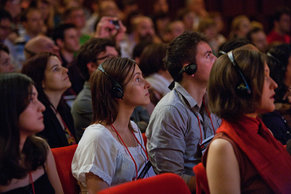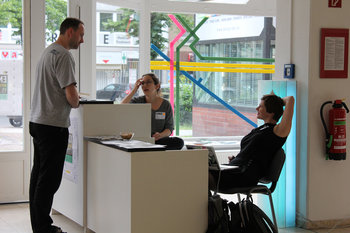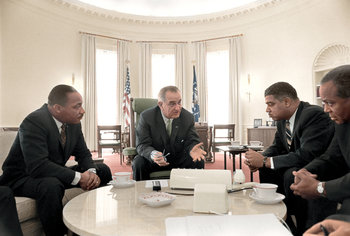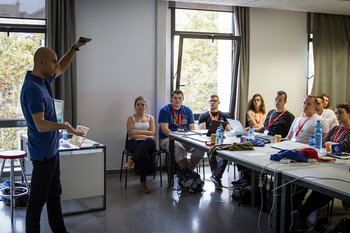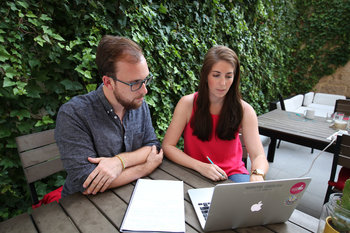
Mission & Vision
Clearly explaining what you are trying to achieve and where you are headed at the concept level.Goals
Specific and measurable goals.Objectives
The steps that achieve goals. It is common for all employees in an organization to agree to a set of objectives as part of performance management. This is a formal method of expectation setting.Principles
Establishing principles to guide strategy and decision making.Strategy
Strategy development that involves people such that they feel a part of it. Communicating the finalized strategy including the reasons behind it.Assumptions
Document and communicate anything that you assume or that is implicitly assumed by your strategy. Unstated assumptions are the primary source of unset expectations.Constraints
Communicate constraints such as time and budget.Programs & Projects
Programs and projects that carefully document and track expectations, often at the task level with clear roles and responsibilities. At this level, all expectations are prioritized, time-bound and diligently tracked.Quality
Document and communicate expectations for quality using techniques such as standards and non-functional requirements.Productivity
Basic productivity expectations such as the output per month that is expected of a role.Metrics
Measure things that matter to your business and communicate how measurements are used. Provide targets and benchmarks. Take time to explain the reason measurements are important. For example, an airline that explains to staff that customer satisfaction is currently 57% and that this is a serious problem because this lags the competition by 15%.Direction
Beyond measurement, set expectations in terms of basic leadership direction using colorful and inspired language. For example, a creative director who sets the expectation that a design be "remarkable" or that it make the "client dizzy with excitement."Culture
Set expectations for norms, habits and behavior. If employees are required to be courteous and respectful to each other, make this a firm and vivid expectation.Feedback
Let people know promptly when they fail to meet expectations. This allows people to adjust quickly and get back on track as opposed to allowing them to fail.| Overview: Expectation Setting | ||
Type | ||
Definition | The process of formulating and communicating what is expected. | |
Also Known As | Setting Expectations | |
The Opposite Of | ||
Related Concepts | ||

